More than just hair removal
Beauty, like removing your hair, isn't just about looking good - it's about feeling good too.
Seewhatthey'resaying.
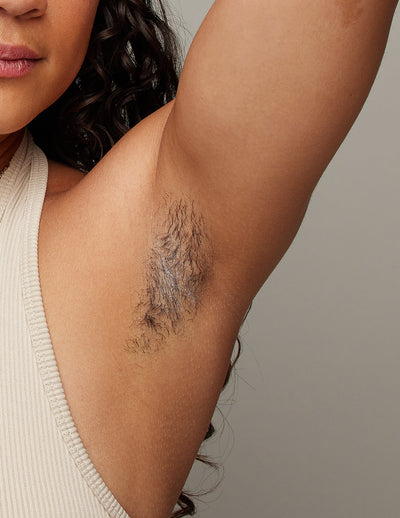
Before
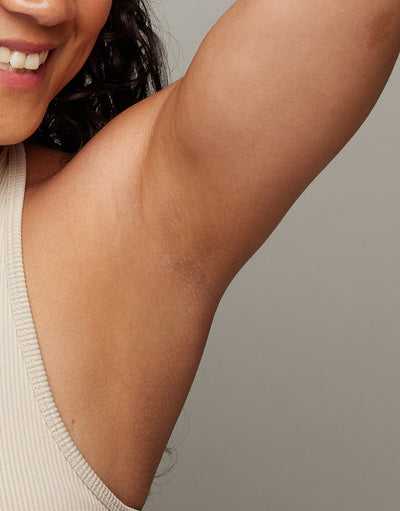
After
"Only way I remove hair now."
"Doesn't hurt at all and after a few weeks there's been a big difference. Definitely going to tell my sisters to get one!"
-
Raven
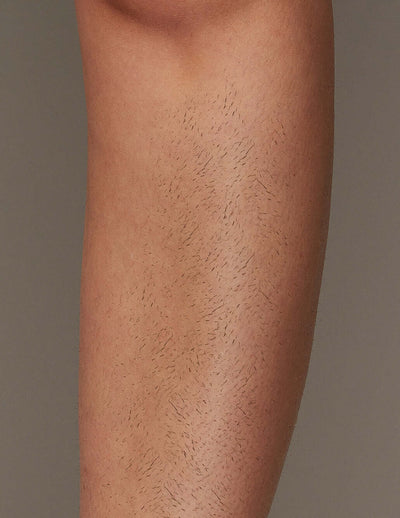
Before
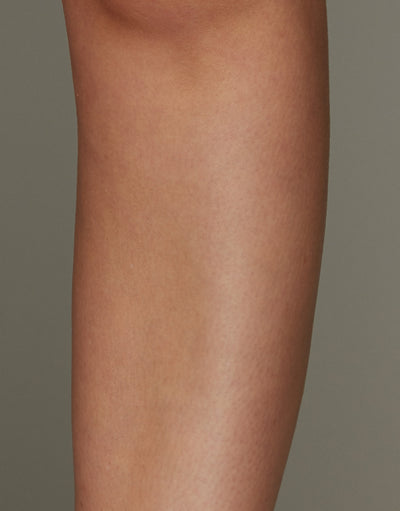
After
"Hair is going away!"
"Skeptical at first, but I love it! Arms, legs and armpits all perfectly smooth!"
-
Ashley
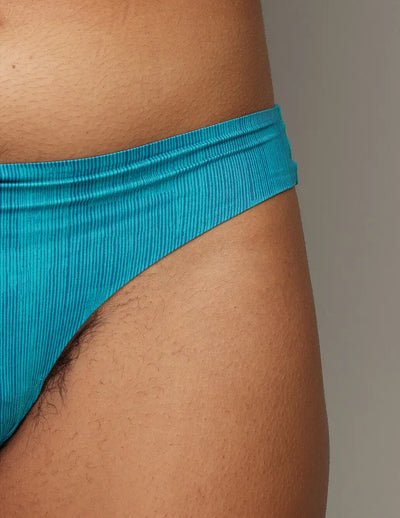
Before
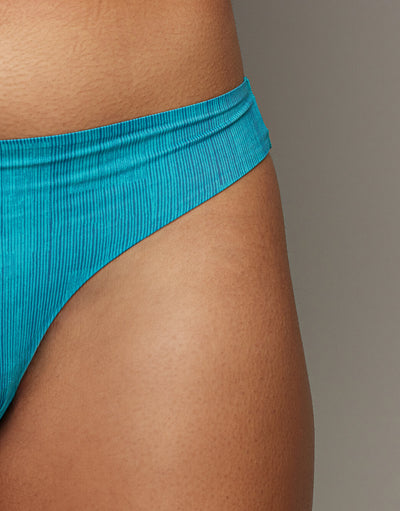
After
"This device is magic."
"After three weeks my bikini line has really thinned down. The hair on my stomach has already completely disappeared."
-
Isabella
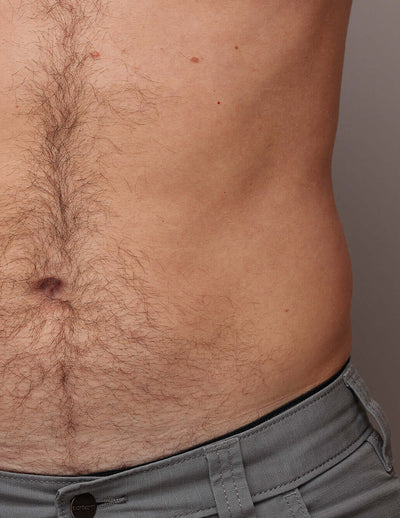
Before
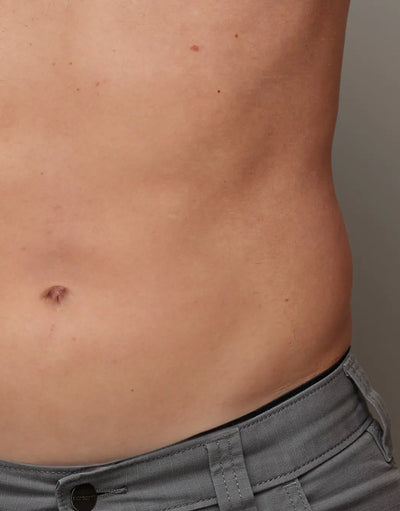
After
"I'm really liking the results."
"Absolutely worth it. I've used it for about a month now, a couple times a week and the results have been awesome. Only using it for touch-ups now."
-
Ben
Redefine your beauty routine.

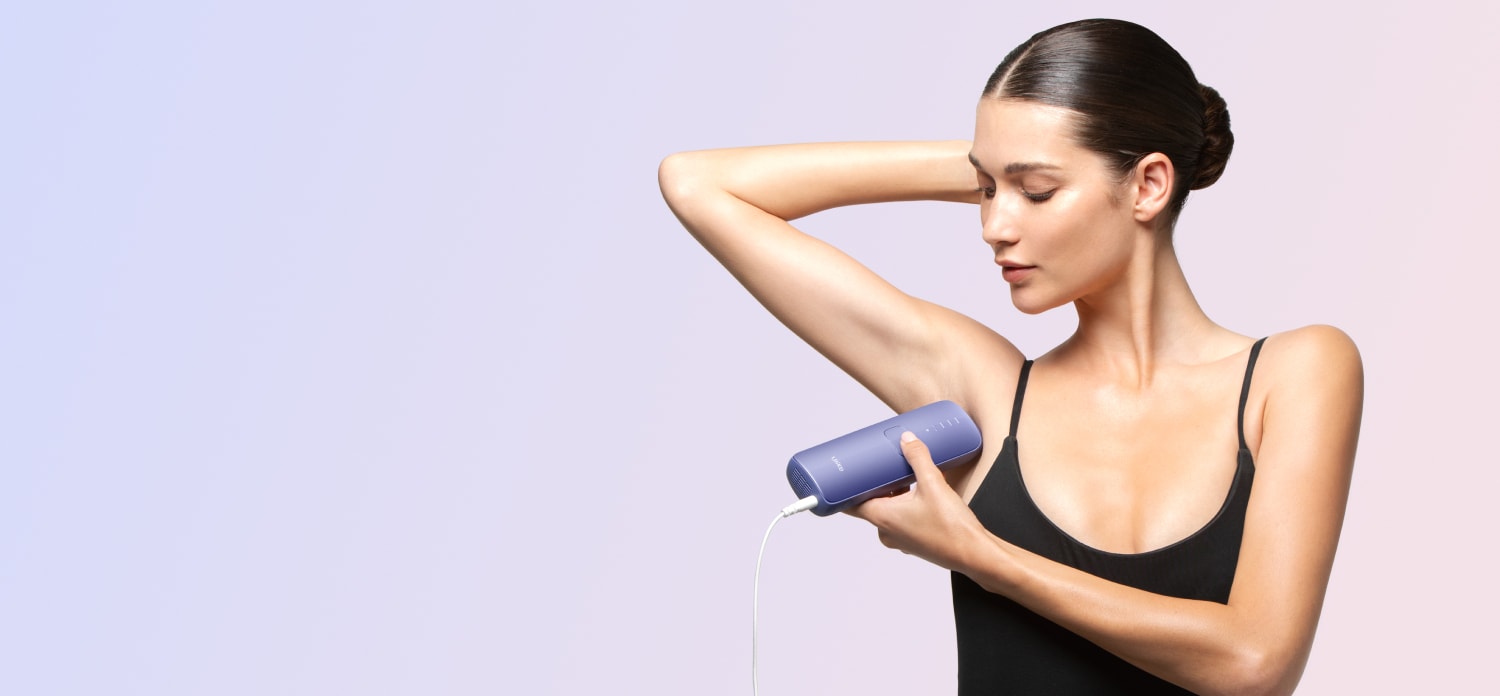
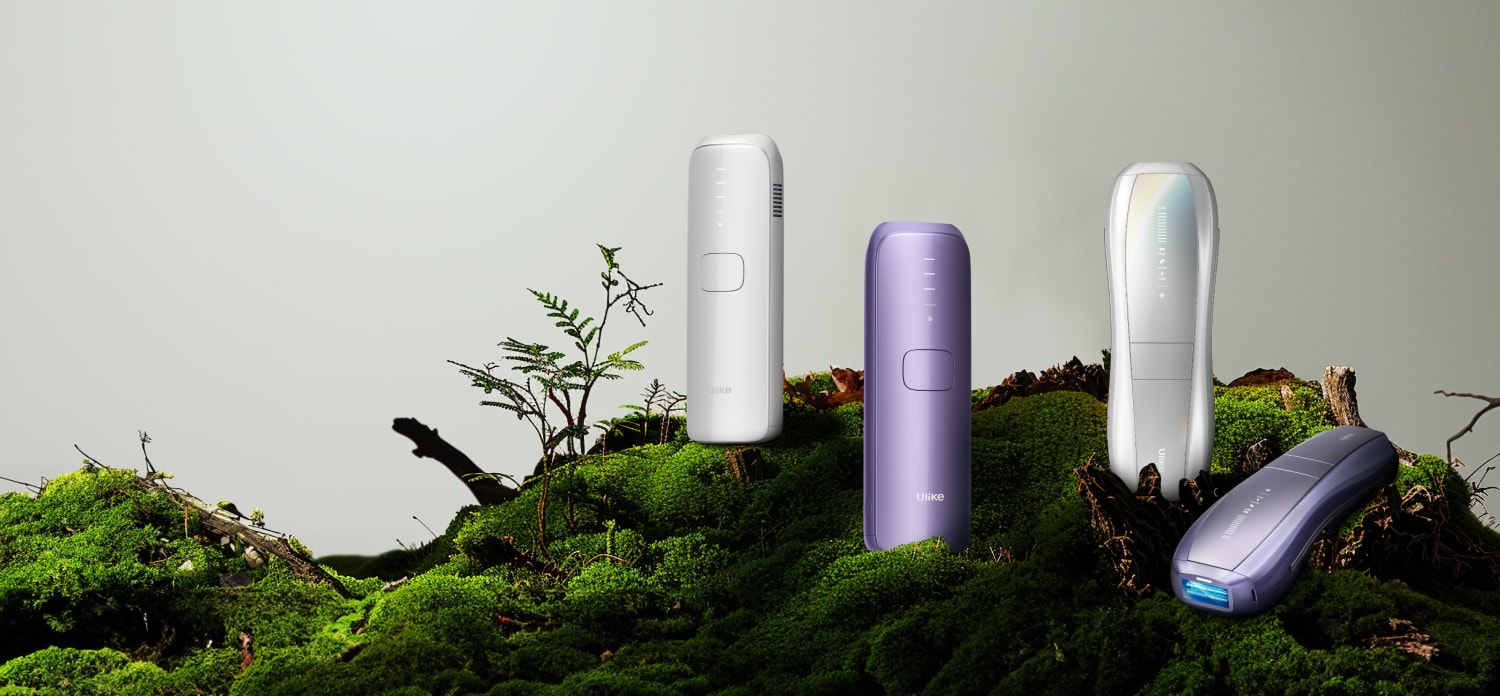
Ulike IPL insights.
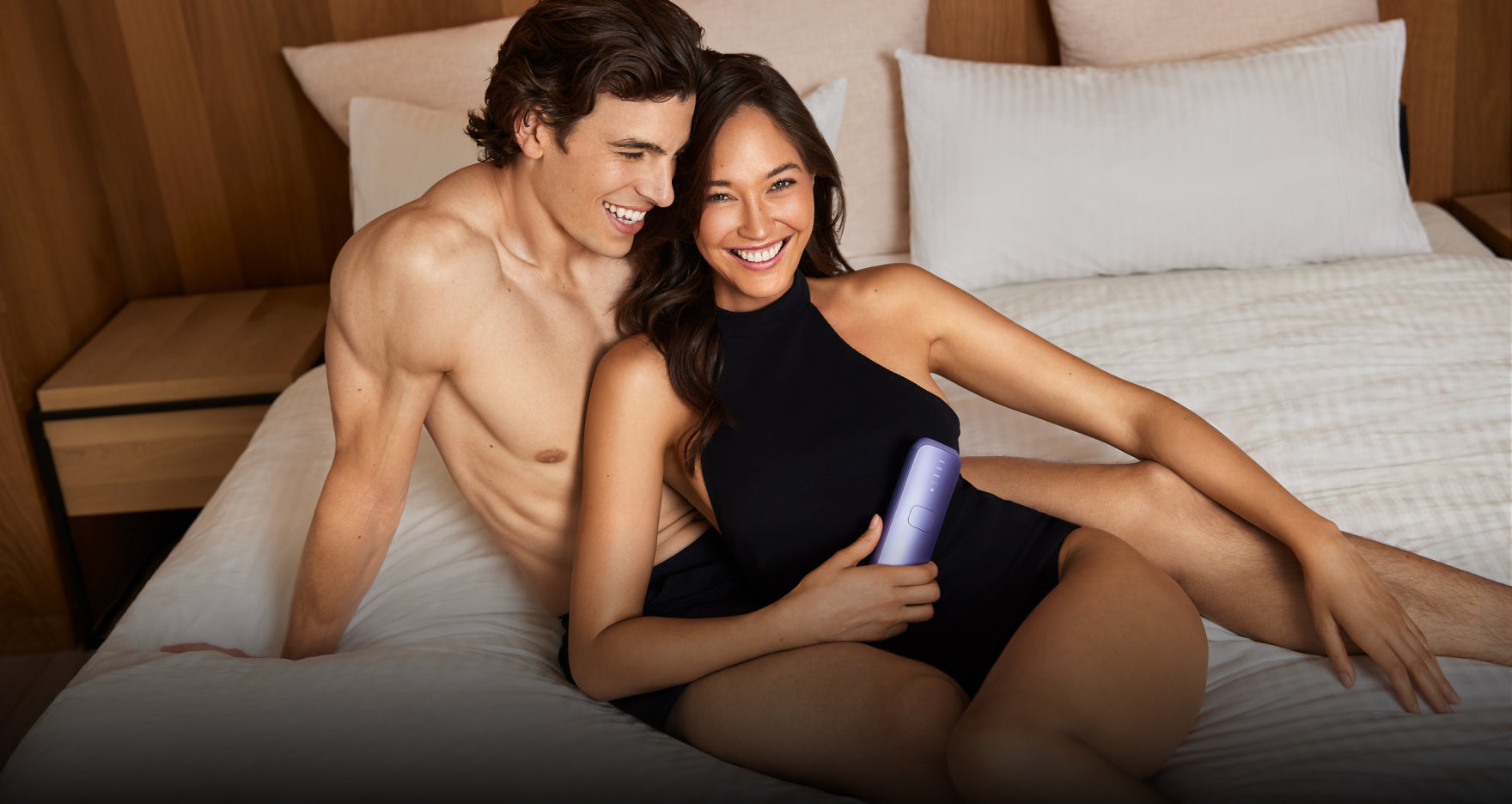
March 10. 2025
At-home laser hair removal
Learn more >
26
Feb
8 laser hair removal devices at home

The use of laser hair removal devices for home use has increased significantly in recent years.
6
Jan
How often can I use the Ulike Air 3?

This article introduces users to the Ulike Air 3 application and helps potential and interested buyers.
20
Jan
Can I use IPL every day at home?

IPL is the most user-friendly method of hair removal. This article presents the details of how to use an IPL device safely.
31
Jan
IPL hair removal: goodbye unwanted hair

IPL hair removal is revolutionising the world of personal care! By targeting hair follicles, the technology offers long-lasting, hair-free results.
Fast & Free Shipping
100-Day Money Back
2-Year Warranty
24/7 Support
Jetzt shoppen, später zahlen







































